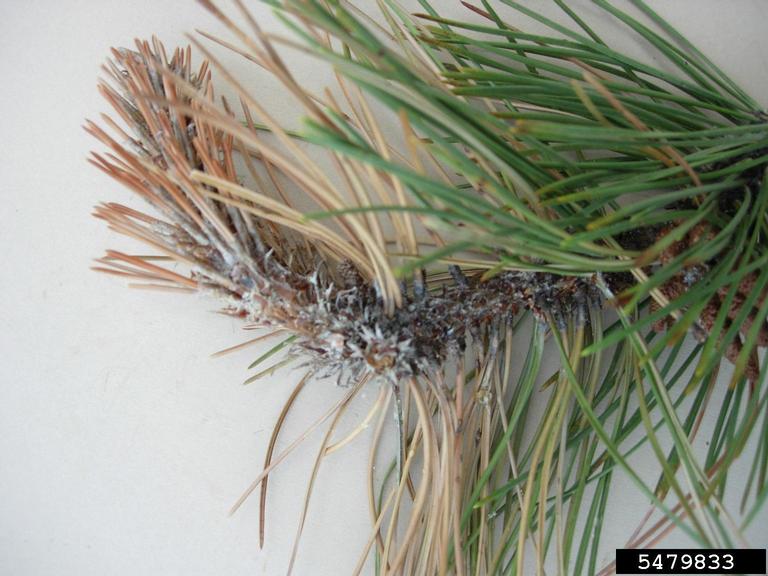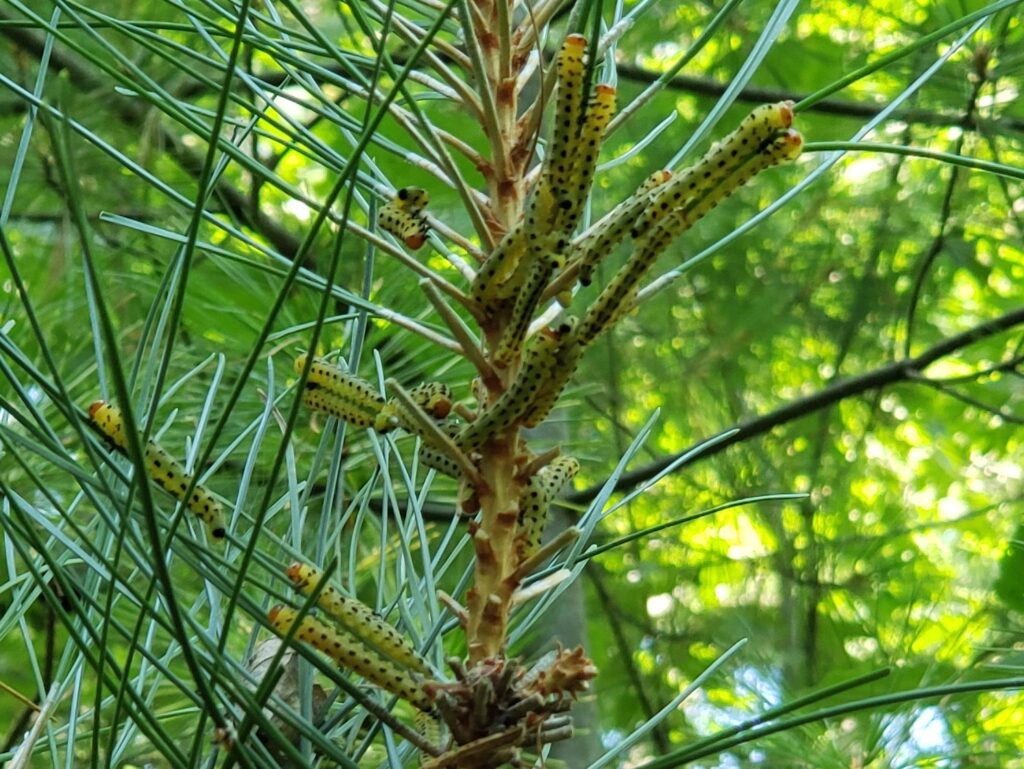The Wisconsin Department of Natural Resources (DNR) Division of Forestry’s reforestation program will accept seedling orders from Wisconsin forest landowners for trees and shrubs to be planted in spring 2022 starting Oct. 4, 2021. The high-quality seedlings are native species appropriate for planting throughout Wisconsin.
Seedlings grown by the state nurseries are used for reforestation and conservation plantings on private, public and tribal lands. These seedlings can provide future forest products and revenues, wildlife habitat, soil erosion control, living snow fences, aesthetics and shade to landowners and managers in every state county. Continue reading “DNR To Accept Seedling Orders For The Spring Starting Oct. 4, 2021”

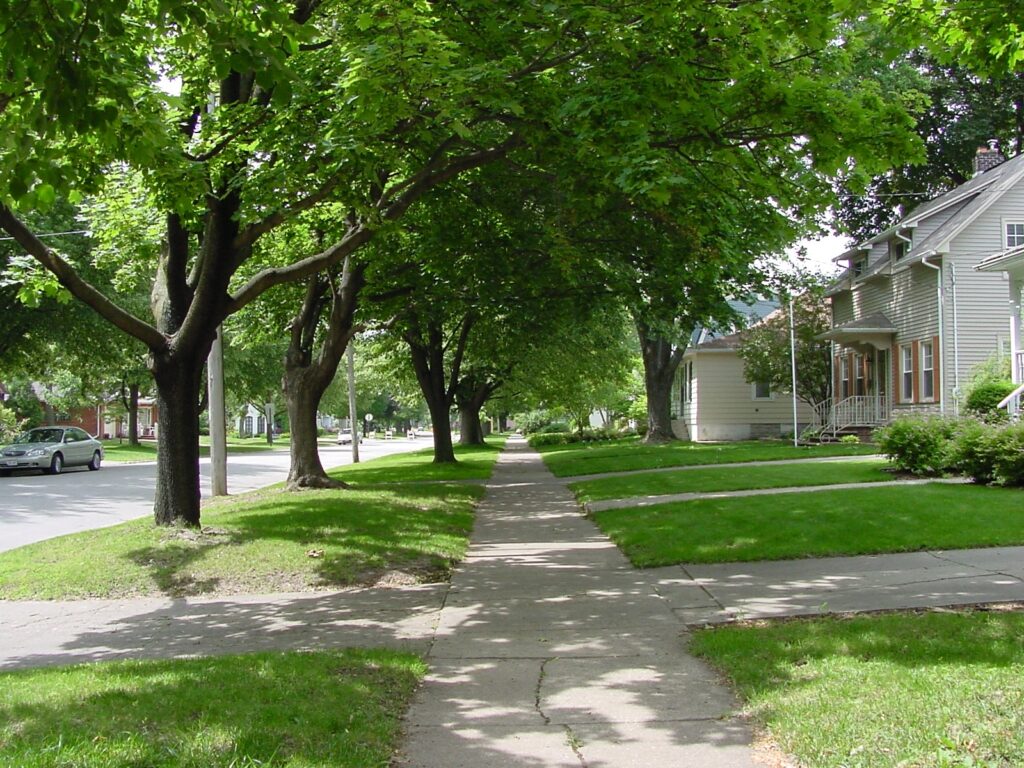 Cities, villages, towns, counties, tribes and 501(c)(3) nonprofit organizations in or conducting their project in Wisconsin are encouraged to apply for a regular or startup 2022 Department of Natural Resources Urban Forestry Grant! The grants range from $1,000 to $25,000, and grant recipients must match each grant dollar for dollar. A startup grant of up to $5,000 is available for communities that want to start or restart a community forestry program. Grants are awarded to projects that align with state and national goals for increasing the urban forest canopy and the benefits it provides.
Cities, villages, towns, counties, tribes and 501(c)(3) nonprofit organizations in or conducting their project in Wisconsin are encouraged to apply for a regular or startup 2022 Department of Natural Resources Urban Forestry Grant! The grants range from $1,000 to $25,000, and grant recipients must match each grant dollar for dollar. A startup grant of up to $5,000 is available for communities that want to start or restart a community forestry program. Grants are awarded to projects that align with state and national goals for increasing the urban forest canopy and the benefits it provides.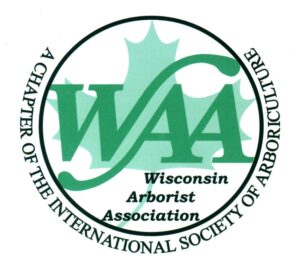 The Wisconsin Arborist Association (WAA) will host this year’s Fall Seminar in-person and virtually.
The Wisconsin Arborist Association (WAA) will host this year’s Fall Seminar in-person and virtually. Created and administered by the Morton Arboretum in Chicago, the ArbNet Arboretum Accreditation Program is the only international accreditation program specific to arboreta. It fosters professionalism and collaboration and recognizes arboreta at various levels of development.
Created and administered by the Morton Arboretum in Chicago, the ArbNet Arboretum Accreditation Program is the only international accreditation program specific to arboreta. It fosters professionalism and collaboration and recognizes arboreta at various levels of development.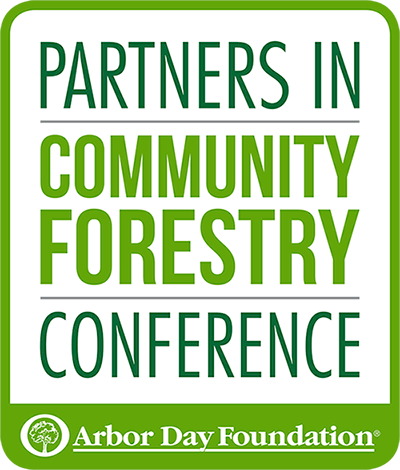 Sponsored by the Arbor Day Foundation, the Partners in Community Forestry conference will be held in-person in Louisville, Kentucky on Nov. 17 and 18. This conference is the largest international gathering of urban forestry practitioners, advocates, researchers and government leaders. Bring your skills, your hunger for knowledge and your passion for community forestry as you mingle with like-minded professionals; the thinkers, doers, and thought leaders in community forestry. CEUs will be available.
Sponsored by the Arbor Day Foundation, the Partners in Community Forestry conference will be held in-person in Louisville, Kentucky on Nov. 17 and 18. This conference is the largest international gathering of urban forestry practitioners, advocates, researchers and government leaders. Bring your skills, your hunger for knowledge and your passion for community forestry as you mingle with like-minded professionals; the thinkers, doers, and thought leaders in community forestry. CEUs will be available.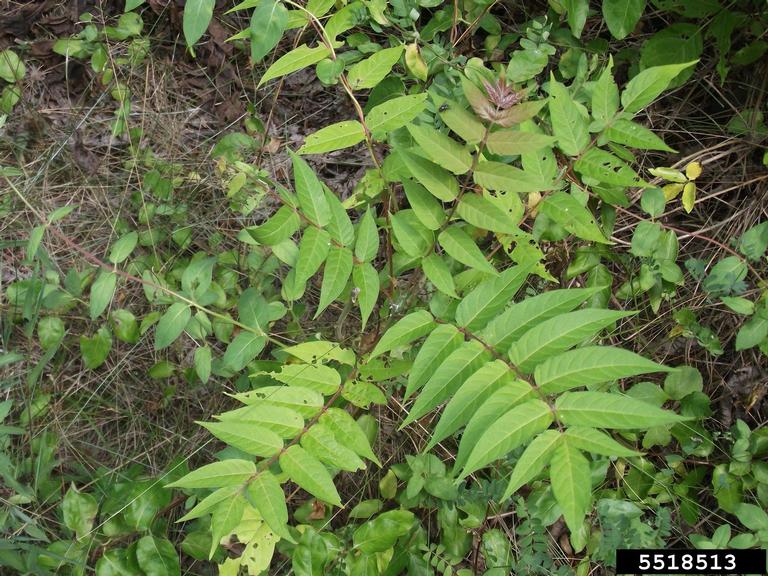
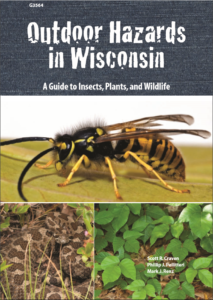 Published by the University of Wisconsin-Madison Division of Extension,
Published by the University of Wisconsin-Madison Division of Extension, 